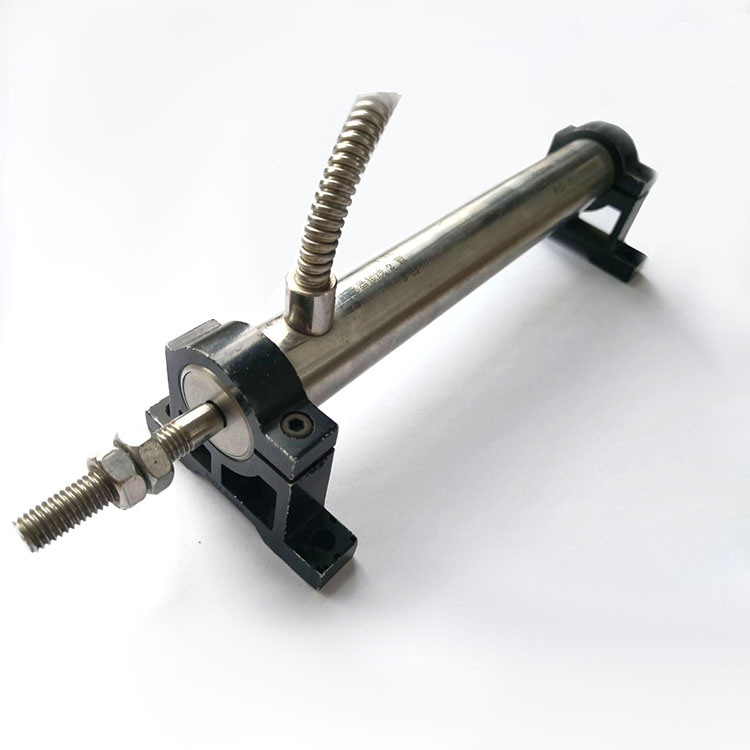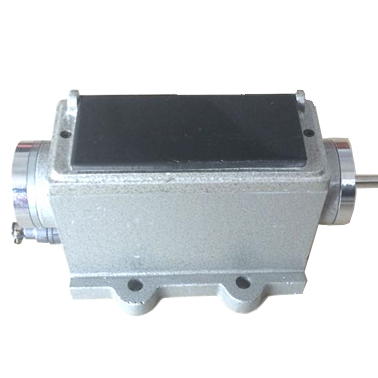On May 14, the National Health and Family Planning Commission released the first "China Family Development Report," highlighting significant changes in family structures and challenges posed by an aging population. The report states that there are approximately 430 million households in China, with over 88 million households headed by individuals aged 65 or older—accounting for more than 20% of all households. This demographic shift presents a growing challenge for family-based pensions.
The average household size has been steadily decreasing over time. From 5.3 in the 1950s to 3.02 in 2012, this trend reflects a broader societal transformation. According to census data, the number of people per household has declined significantly, with a marked increase in small households (1-2 members) and a decrease in larger ones. In 2010, three-person households were most common in urban and rural areas, followed closely by two-person households.
Family structures have also become more diverse. While nuclear families (a couple and their unmarried children) have seen a decline, other forms such as single-parent families, DINK (Dual Income, No Kids) families, and intergenerational households have grown. The migration of the floating population has led to an increase in "left-behind" families and families living apart from one another.
The report suggests that modern family relationships are becoming more democratic and equal. Traditional family roles have evolved, with greater emphasis on spousal equality, shared decision-making, and individual autonomy within the family. Family life is now more focused on personal happiness and emotional fulfillment rather than just economic survival.
Family functions have shifted over time. While they once played a central role in economic support, their focus has moved toward emotional care, social welfare, and entertainment. This change has reduced the economic burden on families but increased the need for external support, especially for elderly members.
With over 20% of households including someone over 65, the aging population poses serious challenges for family-based pension systems. The number of elderly households has risen sharply, with a 28.7% increase between 2000 and 2010. Smaller family sizes and the rise of single-person households have made it harder to provide adequate care and emotional support for the elderly.
The rapid aging of the population has also highlighted the need for better family development policies. Currently, no comprehensive long-term family support system exists in China, leaving many families struggling to meet the needs of their aging members.
Despite these challenges, family planning policies have had a positive impact on family life. Over the past four decades, the number of family planning families has reached 300 million, making up 70% of all households. These policies have helped reduce the burden of child-rearing, improved maternal and infant health, and allowed parents to invest more in their children's education and well-being.
In conclusion, while Chinese families continue to evolve, they face new challenges in adapting to an aging society and changing social norms. Strengthening family support systems and policies will be essential to ensuring the well-being of future generations.
This article is a reprint from online media and represents the author’s views only. If any content infringes on your rights, please contact us for prompt resolution.
Position measurement
Position sensors are used in a wide range of automation and measurement applications. A key step in selecting a suitable position sensor is understanding the requirements of sensor size, resolution, repeatability, accuracy, mounting constraints and environmental ruggedness. This paper discusses the available position sensing technologies and concludes with a key feature comparison.
Linear position sensors measure the distance between an object and a point of reference, as well as changes in position. They do this by converting displacement into an electrical output. A wide variety of measurement principles can be used to let you make precise and reliable measurements for a broad range of applications. Linear position sensors and measurement systems are used in industrial applications as well as in scientific laboratories.
Within their specified measurement range, LVDT sensors provide excellent linearity. They are capable of detecting very small changes in position and have virtually unlimited resolution. As a result, LVDT sensors are also suitable for measuring high accelerations and high measurement cycles.
Linear inductive position sensors are durable, long-lived, and especially stable under temperature fluctuations. That means they are ideal for measuring linear travel in almost any industrial setting – especially with hydraulic or pneumatic applications.

Position Measurement,Ut-81 Level Indicator,Td-1 Displacement Sensor,4000Td Position Sensor
Wuxi Winsun Automation Instrument Co., Ltd , https://www.winsunwx.com

